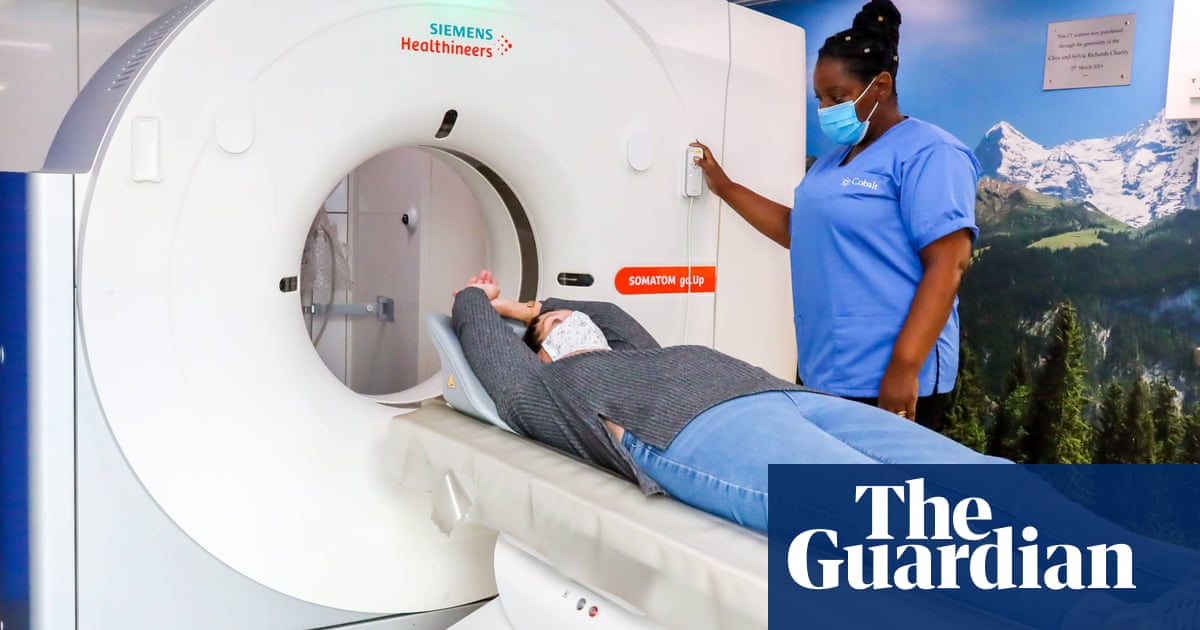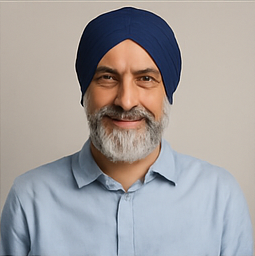Cancer Survival Rates in the UK Have Doubled Since the 1970s, but Challenges Remain

A comprehensive report has revealed that the proportion of individuals surviving cancer in the UK has more than doubled since the 1970s, marking what experts are calling a "golden age" of advancements in cancer diagnosis and treatment. According to the findings, approximately half of all patients diagnosed with cancer will now live for ten years or more, up from just 24% in the 1970s. This significant improvement underscores the remarkable progress made in cancer research and care over the past five decades.
Despite these encouraging statistics, cancer continues to be the leading cause of death in the UK. The report, produced by Cancer Research UK (CRUK), highlights that while the overall mortality rate from cancer has decreased by 23% since the 1970s—from 328 to 252 deaths per 100,000 people—there remains a pressing need for continued investment and innovation in the field.
Interestingly, the advancements in survival rates have not been uniform across different types of cancer, nor have they benefited all demographics equally. The report indicates that men have seen greater improvements in their chances of survival compared to women, although women continue to have higher overall survival rates. This disparity raises important questions about the accessibility and effectiveness of treatments for different groups.
One of the significant challenges highlighted in the report is the sustained pressure on the National Health Service (NHS), which has led to prolonged waiting times for both diagnosis and treatment. The research found that in England, only about 50% of cancers are diagnosed at early stages—a statistic that has seen little improvement over the last decade. This delay can have severe implications for patient outcomes and underscores the need for systemic changes within the healthcare system.
The findings of the report will be officially presented on Tuesday, coinciding with the conclusion of the world’s largest cancer conference—the annual meeting of the American Society of Clinical Oncology in Chicago. This timing further emphasizes the urgency of addressing the challenges posed by cancer treatment and prevention.
Michelle Mitchell, the chief executive of Cancer Research UK, expressed optimism tempered with realism regarding the findings. She stated, “Over the last 50 years, the proportion of the population dying from cancer has fallen by more than a fifth due to life-saving research into new prevention methods, earlier detection, and innovative treatments. Yet, cancer remains the UK's biggest killer, accounting for one in four deaths—far more than any other disease category. This reality means lost time and fewer cherished moments with family for those affected.
Mitchell further explained that while we are enjoying an era of remarkable advancements in cancer research, driven by innovations in digital technology, genomics, data science, and artificial intelligence, there are still significant barriers to overcome. She noted that despite the dedication of NHS staff, patients are experiencing unacceptable delays in receiving diagnoses and treatments, with improvements in survival rates stagnating at the slowest pace seen in 50 years.
In a sobering projection, the report warns that if current trends continue, the incidence of cancer cases in the UK is expected to rise significantly. Mitchell highlighted that nearly one in two people in the UK will be diagnosed with cancer in their lifetime, predicting that the number of new cancer cases could increase by nearly a third to over half a million annually by the year 2040.
Each day, more than 460 individuals in the UK succumb to cancer. “If we want to make a meaningful change,” Mitchell emphasized, “it is imperative that we see bold action from the UK government.”
In response to the report, a spokesperson from the Department of Health and Social Care acknowledged the positive trend in cancer mortality rates. They stated, “It’s promising to see a significant drop in cancer mortality rates, but we know there is still more work to be done. Our Plan for Change is already making an impact, with 90,000 additional patients diagnosed or ruled out since July compared to the previous year. Furthermore, we recorded the highest proportion of patients receiving a diagnosis or an all-clear within four weeks in February.”




























